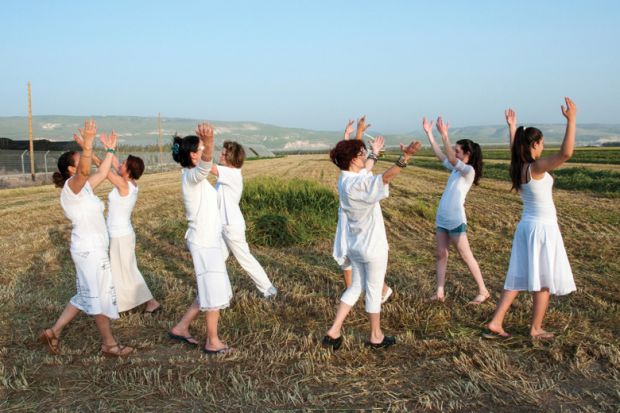American Jews have an active fantasy life – at least, according to Dov Waxman’s Trouble in the Tribe, when it comes to Israel. While the old “Jewish question” revolved around Jewish statelessness, the contemporary parallel is the “Israel question”, revolving around Jewish statehood. Europeans of the 19th century focused on “the imaginary Jew”; for contemporary Americans, notwithstanding Israeli independence in 1948, Israel remains the imaginary homeland, the pre-eminent, however contested, Jewish symbol. In Waxman’s detailed and meticulously balanced account, Israel no longer breeds consensus among the “tribe”, but dissent (even disunity), with competing imaginary homelands in the plural. Israel is now more than ever (although always in some sense has been) the screen upon which American Jews project their ever-more polarised hopes, fantasies and fears.
Waxman tells the stories of various idealised (and not-so-idealised) versions of Israeli history – through American eyes. Although the biblical psalmist fantasises about Zion, for Trouble in the Tribe, it is not the Book of Exodus but the 1958 film Exodus that functioned as a post-Israel independence “contemporary Bible”, shaping the “highly romanticized image of the Sabra”, the hardened and rugged Israeli native. Hollywood and the Holocaust helped to create the symbol of Israel triumphalism, but after the Six Day War, “Israelolatry” – Daniel Elazar’s coinage for the unquestioning support and consensus for Israel – came into ascendancy. The young state was imagined as a “heaven on earth” – accommodating, remarkably, Left and Right fantasies, as both progressive socialist utopia and mythic land of nationalist renewal. In 1967, the biblical fantasy had seemingly come true, with David defeating the Arab Goliath; but already by the late 1970s, the roles had begun to reverse. In 1979, Arthur Hertzberg – Waxman painstakingly details the erosion of the “knee-jerk” consensus around Israel – identified a new American Jewish “heresy”: “opposition to Israel and Zion”.
Heresy becomes normative, and indeed Waxman shows that it is currently thriving for a contemporary younger generation, self-defining as progressive and anti-establishment, for whom Israel is no longer the mythic place about which their parents fantasised. The “suntanned kibbutznikim dancing the hora” have been replaced with “stern-faced men manning military checkpoints”. Israel is no longer victim but oppressor, and American national “pride” in Israel is now transformed to “shame”. The older fantasy of the sabra, the particularist Jew, once victimised now triumphant, has given way to the ideal of the universal Jew – committed, among other things, to cultural creativity, spirituality and social justice – whose mission has been betrayed, rather than fulfilled, by the contemporary Israeli state.
Although debate among American Jews may be dominated by a social media-fuelled polarisation between vocal extremes – as Waxman reveals through a compendium of perspectives, graphs and surveys – most of the tribe, he concedes, are “ambivalent centrists”. They want an end to the occupation, although without any risk to security; they want a Palestinian state, but one posing no possible threat to Israel. This perspective may be no less fantastic than the extremes it claims to moderate, informing the verging-on-preachy message to Israelis (to listen to American Jews) in the book’s conclusion. But fantasy or not – and Waxman concedes that the battle among the tribe is “really about American Jews” – given the latest, indeed continued, cynical machinations of Israeli prime minister Benyamin Netanyahu’s right-wing government, both Waxman’s complex picture of American Jewry and the plea for “critical engagement” emerging from it deserve our serious consideration.
William Kolbrener is professor of English, Bar-Ilan University in Israel, and author of The Last Rabbi: Joseph Soloveitchik and Talmudic Tradition (in press).
Trouble in the Tribe: The American Jewish Conflict over Israel
By Dov Waxman
Princeton University Press, 328pp, £22.95
ISBN 9780691168999
Published 4 May 2016
POSTSCRIPT:
Print headline: Of milk, honey and fantasy
Register to continue
Why register?
- Registration is free and only takes a moment
- Once registered, you can read 3 articles a month
- Sign up for our newsletter
Subscribe
Or subscribe for unlimited access to:
- Unlimited access to news, views, insights & reviews
- Digital editions
- Digital access to THE’s university and college rankings analysis
Already registered or a current subscriber?




